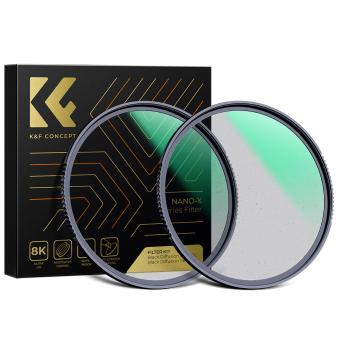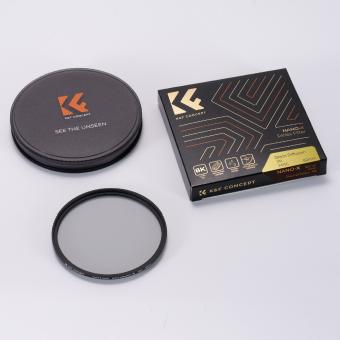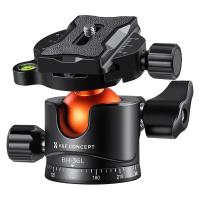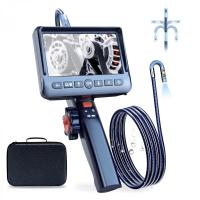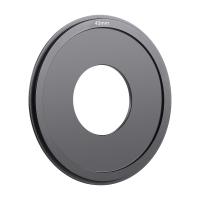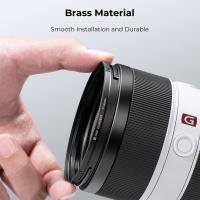What Does A Mist Filter Do ?
A mist filter is a type of air filter that is designed to remove mist, oil, and other liquid particles from the air. It is commonly used in industrial settings where machinery generates mist or oil mist that can be harmful to workers or damage equipment. The filter works by capturing the liquid particles in a mesh or fiber material, allowing only clean air to pass through. Mist filters can be made from a variety of materials, including fiberglass, polyester, and polypropylene. They are often used in conjunction with other types of air filters, such as HEPA filters, to provide comprehensive air filtration.
1、 Definition and Function of Mist Filters

Definition and Function of Mist Filters:
Mist filters are devices that are used to remove mist, oil, and other contaminants from the air. They are commonly used in industrial settings where there is a lot of machinery and equipment that produces mist and oil. Mist filters work by capturing the mist and oil particles in a filter media, which can then be removed and disposed of.
The function of mist filters is to improve air quality and reduce the risk of health problems caused by exposure to mist and oil particles. These particles can be harmful to human health, causing respiratory problems and other health issues. By removing these particles from the air, mist filters help to create a safer and healthier work environment.
Mist filters are also important for maintaining the efficiency of machinery and equipment. When mist and oil particles are allowed to accumulate on machinery, they can cause damage and reduce the lifespan of the equipment. By removing these particles from the air, mist filters help to protect machinery and ensure that it operates at peak efficiency.
In recent years, there has been growing concern about the impact of mist and oil particles on the environment. As a result, there has been increased interest in developing more efficient and environmentally-friendly mist filters. These filters are designed to capture a higher percentage of particles while using less energy and producing less waste.
2、 Types of Mist Filters
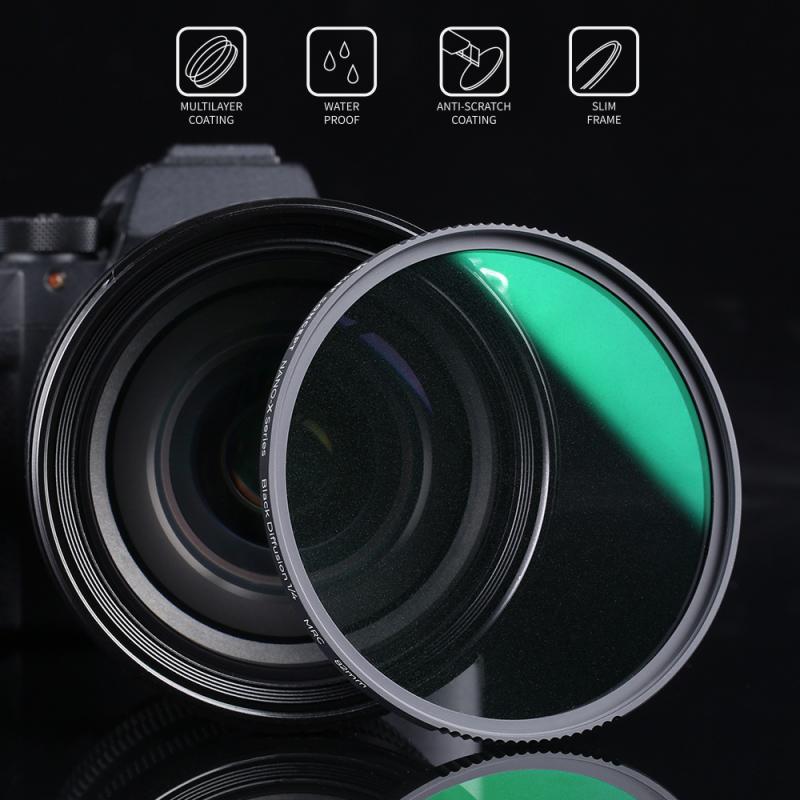
What does a mist filter do?
A mist filter is a type of air filter that is designed to remove mist, oil, and other contaminants from the air. It is commonly used in industrial settings where mist and oil can be produced during manufacturing processes. The mist filter works by capturing the mist and oil droplets in the air and preventing them from entering the surrounding environment.
The mist filter is typically made up of a series of layers of filter media, such as fiberglass or synthetic fibers, that are designed to capture the mist and oil droplets. The filter media is often pleated to increase the surface area and improve the filter's efficiency. The mist filter may also include a pre-filter to capture larger particles before they reach the main filter media.
Types of Mist Filters:
There are several types of mist filters available, including electrostatic, mechanical, and hybrid filters. Electrostatic filters use an electric charge to attract and capture mist and oil droplets, while mechanical filters rely on the physical properties of the filter media to capture the contaminants. Hybrid filters combine both electrostatic and mechanical filtration methods to improve the filter's efficiency.
In recent years, there has been a growing interest in using mist filters in residential and commercial settings to improve indoor air quality. These filters can help to remove pollutants and allergens from the air, making it safer and healthier to breathe. As the demand for cleaner air continues to grow, mist filters are likely to become more widely used in a variety of settings.
3、 Materials Used in Mist Filters
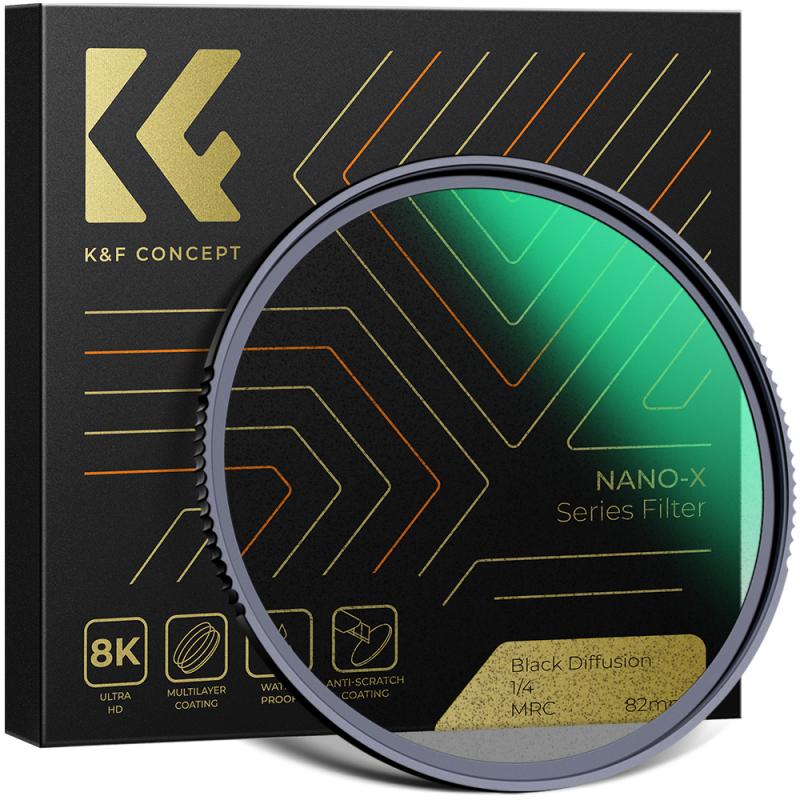
What does a mist filter do?
A mist filter is a type of air filter that is designed to remove mist, oil, and other contaminants from the air. It is commonly used in industrial settings where mist and oil can be produced during manufacturing processes. The mist filter works by capturing the mist and oil droplets in the air and preventing them from being released into the environment.
The mist filter is typically made up of a series of layers of filter media, such as fiberglass or synthetic fibers, that are designed to capture the mist and oil droplets. The filter media is often pleated to increase the surface area and improve the efficiency of the filter. The mist filter may also include a pre-filter to capture larger particles before they reach the main filter media.
Materials Used in Mist Filters:
The materials used in mist filters can vary depending on the specific application and the type of mist or oil being filtered. Some common materials used in mist filters include:
1. Fiberglass - Fiberglass is a common filter media used in mist filters due to its high efficiency and low cost.
2. Synthetic fibers - Synthetic fibers, such as polyester or polypropylene, are also commonly used in mist filters due to their high efficiency and durability.
3. Activated carbon - Activated carbon is sometimes used in mist filters to remove odors and other contaminants from the air.
4. Metal mesh - Metal mesh filters are sometimes used in mist filters for high-temperature applications or where the mist or oil is particularly heavy.
The latest point of view on mist filters is that they are an essential component in maintaining a healthy and safe work environment. With the increasing focus on air quality and worker safety, mist filters are becoming more important than ever in industrial settings. Advances in filter media technology have also led to improved efficiency and longer filter life, making mist filters a cost-effective solution for many applications.
4、 Applications of Mist Filters
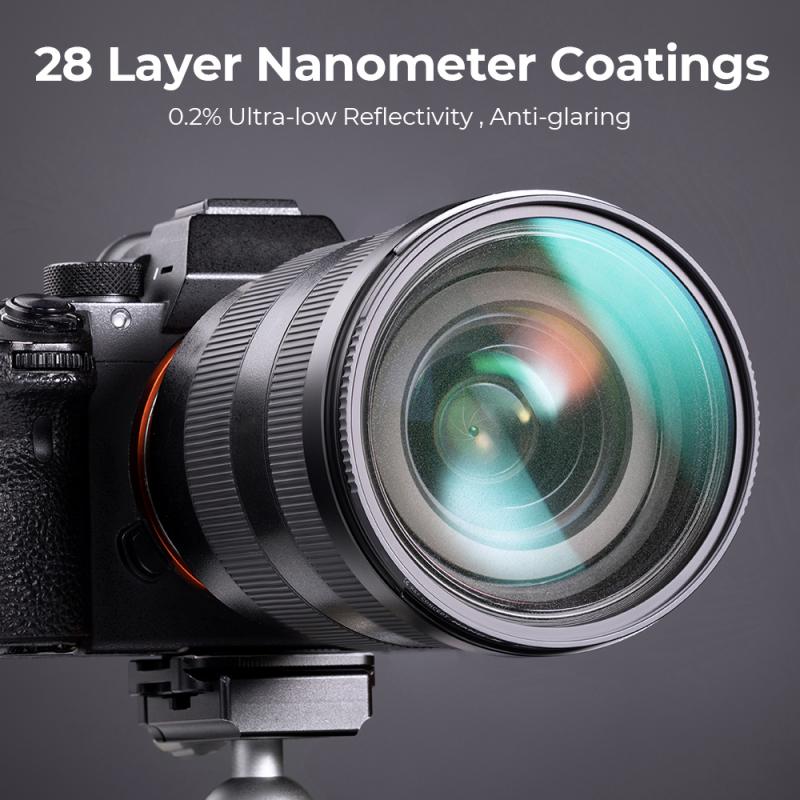
What does a mist filter do?
A mist filter is a type of air filter that is designed to remove mist, oil, and other fine particles from the air. It is commonly used in industrial settings where mist and oil can be produced during manufacturing processes. The filter works by capturing the mist and oil particles as they pass through the filter media, preventing them from entering the surrounding environment.
Mist filters are typically made from a variety of materials, including fiberglass, polyester, and synthetic fibers. They are available in a range of sizes and configurations to suit different applications, and can be used in conjunction with other types of air filtration systems to provide comprehensive air cleaning.
Applications of Mist Filters:
Mist filters are commonly used in a variety of industrial applications, including metalworking, woodworking, and food processing. They are also used in automotive manufacturing, where they help to remove oil and other contaminants from the air.
In recent years, there has been growing interest in the use of mist filters in healthcare settings. Studies have shown that mist filters can be effective in reducing the spread of airborne pathogens, such as the flu virus. As a result, mist filters are now being used in hospitals and other healthcare facilities to help prevent the spread of infectious diseases.
Overall, mist filters are an important tool for maintaining clean air in a variety of settings. Whether you are working in an industrial environment or a healthcare facility, a mist filter can help to protect your health and the health of those around you.





